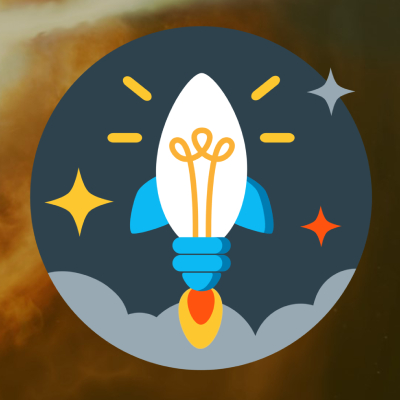- DatesFebruary 2022 – February 2025
- SponsorEuropean Space Agency (ESA)
- Funded£122,608
- PartnersESA NEO Coordination Centre (NEOCC) / Cranfield Industrial Partnership PHD (CIPPS)
Asteroids have played a crucial role in the dynamical evolution of our solar system, with effects that range from small trajectory deviations to impacts creating surface craters or catastrophic destruction events. The latter combined with an incomplete reaggregation of the debris under gravitational forces, are recognized to be at the basis of the formation of the so-called asteroid families.
Yet collisions among asteroids are rarely observed. The scope of this project is to provide a novel systematic approach to study and detect asteroid collisions or near miss (close encounters), relying on the dynamical analysis of the trajectories of celestial bodies.
The project aims at analysing the deviations of asteroids from their nominal trajectories which these dynamical events may have caused. Results will contribute to refine existing dynamical model of the solar system, and lead to accurate estimates of masses of larger asteroids, key for planetary defence applications.

